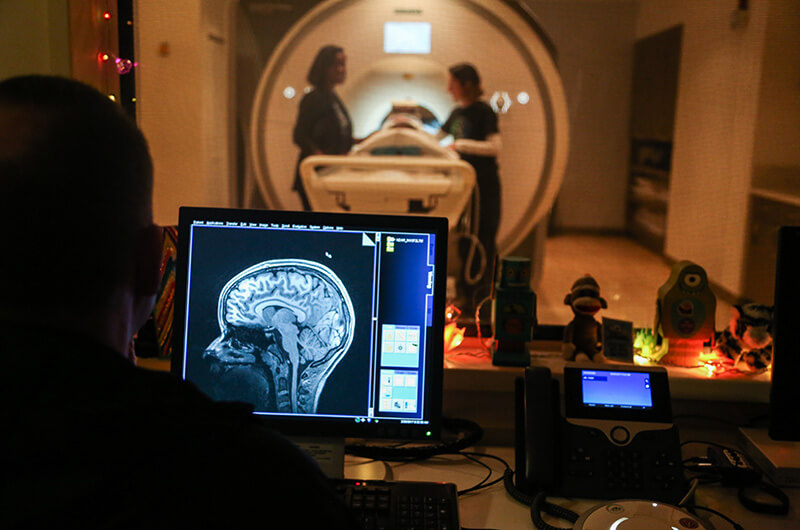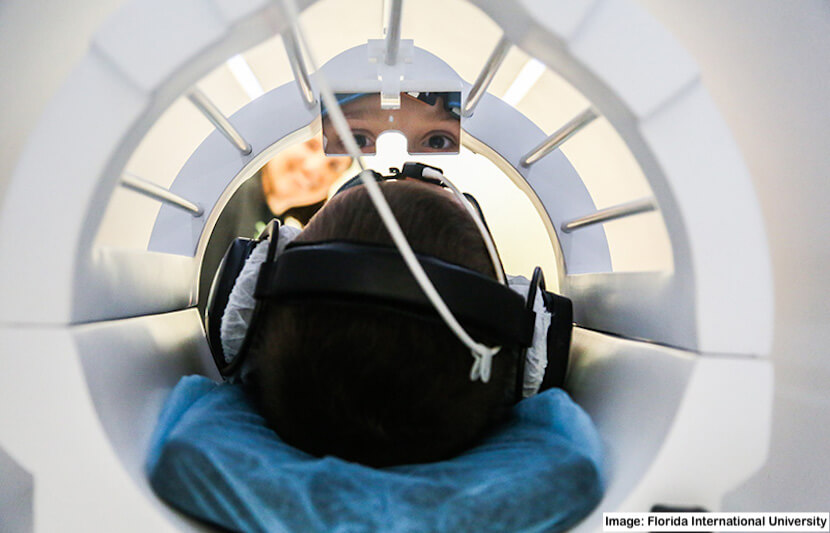A new study shows that solving physics problems opens up a new part of the brain that is not traditionally associated with learning.
Researchers from Drexel University and Florida International University (FIU) claim that their work shows that brain activity can be altered by specific forms of instruction.
“We think there is a good reason to believe that there is a neurobiological basis for some of the ways students were coming to understand physics,” said Eric Brewe, an associate professor in Drexel’s College of Arts and Sciences and lead author of the study.
The study
To conduct the study, the researchers used a specific method to teach 50 volunteers a physics course.
Throughout the study, the team measured blood flow in the brain through a process called Functional Magnetic Resonance Imaging (fMRI).
“fMRI is a neuroimaging technique where participants are shown a question and the blood flow response is measured indicating greater neural activity in that region,” said Brewe.
To teach the physics course, the researchers used modeling instruction, a teaching style that encourages students to be active participants in their learning.
“Modeling Instruction is an approach to teaching introductory physics that focuses on students building conceptual models,” said Brewe.
Before the volunteers took the course, they were asked to answer questions from the Force Concept Inventory, an exam that assesses students’ understanding of common physics concepts that are taught in introductory college physics classes.
The researchers examined the brains of the volunteers through fMRI while they answered the questions.
In the pre-instruction scans, they determined that there was no unusual activity.
fThe regions that showed activity were parts of the brain linked to memory, attention and problem-solving, the lateral prefrontal cortex and parietal cortex.
This information was not new, however, because the frontal poles of the brain have always been linked to learning.
But, when the researchers ran fMRI tests on the volunteers after they completed the physics course, they found something unique.
The posterior cingulate cortex, which is associated with self-referential thought and episodic memory, also became active.

“These changes in brain activity may be related to more complex behavioral changes in how students reason through physics questions post- relative to pre-instruction,” Brewe and his co-authors wrote about the study. “These might include shifts in strategy or an increased access to physics knowledge and problem-solving resources.”
Modeling instruction in teaching physics
“(Modeling instruction) is an active learning approach and helps students to understand physics as a coherently connected discipline,” said Brewe. “It has been shown to be a very successful approach — improving conceptual understanding, improving students’ attitudes about learning physics, and decreasing the failure rate in physics.”
A primary aim of the study was to understand how modeling instruction can encourage students to build their own conceptual mental models to help them understand new, difficult concepts in physics.
“The idea of mental models is something that people who research learning love to talk about, but have no evidence of what is happening inside brains other than what people say or do,” Brewe said in a statement. “We are actually looking for evidence from inside the brain.”
This project has grown out of a collaboration between Brewe and his colleague Angela Laird, a cognitive neuroscientist and medical physicist at FIU and co-author of the study.
Brewe and Laird, along with Drexel graduate student Jessica Bartley, have been collecting data on the success of modeling instruction in teaching physics for nearly four years, said Brewe.
Although modeling instruction has been tested more often in math and reading, it seems to especially lend itself to physics.
“Physics is a really good place to understand learning for two reasons,” Brewe said in a statement. “First, it deals with things that people have direct experience with, making formal classroom learning and informal understanding both relevant and sometimes aligned — and sometimes contrasted.”
“Second, physics is based in laws, so there are absolutes that govern the way the body works,” he continued.
Moving forward
The researchers are in the midst of writing multiple papers about the data, and are discussing the next projects they wish to tackle.
The team will consider using its technique to expand research to other disciplines beyond physics and will potentially evaluate other active learning processes.
“It is the first project of its kind in many ways, so this is sort of new territory,” said Brewe. “It is not hard to imagine how this sort of fundamental understanding could impact instruction through different emphases in teaching.”



